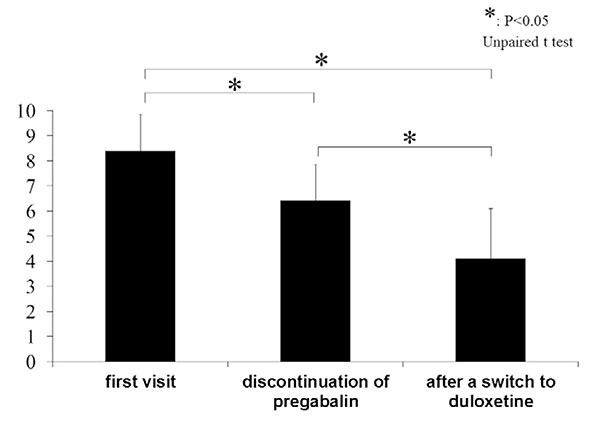Volume 1, Issue 1
Displaying 1-7 of 7 articles from this issue
- |<
- <
- 1
- >
- >|
REVIEW ARTICLE
-
2017 Volume 1 Issue 1 Pages 1-6
Published: January 27, 2017
Released on J-STAGE: December 20, 2017
Download PDF (80K)
ORIGINAL ARTICLE
-
2017 Volume 1 Issue 1 Pages 7-13
Published: January 27, 2017
Released on J-STAGE: December 20, 2017
Download PDF (87K) -
2017 Volume 1 Issue 1 Pages 14-19
Published: January 27, 2017
Released on J-STAGE: December 20, 2017
Download PDF (278K) -
2017 Volume 1 Issue 1 Pages 20-26
Published: January 27, 2017
Released on J-STAGE: December 20, 2017
Download PDF (188K) -
2017 Volume 1 Issue 1 Pages 27-30
Published: January 27, 2017
Released on J-STAGE: December 20, 2017
Download PDF (130K) -
2017 Volume 1 Issue 1 Pages 31-39
Published: January 27, 2017
Released on J-STAGE: December 20, 2017
Download PDF (488K) -
2017 Volume 1 Issue 1 Pages 40-43
Published: January 27, 2017
Released on J-STAGE: December 20, 2017
Download PDF (80K)
- |<
- <
- 1
- >
- >|





